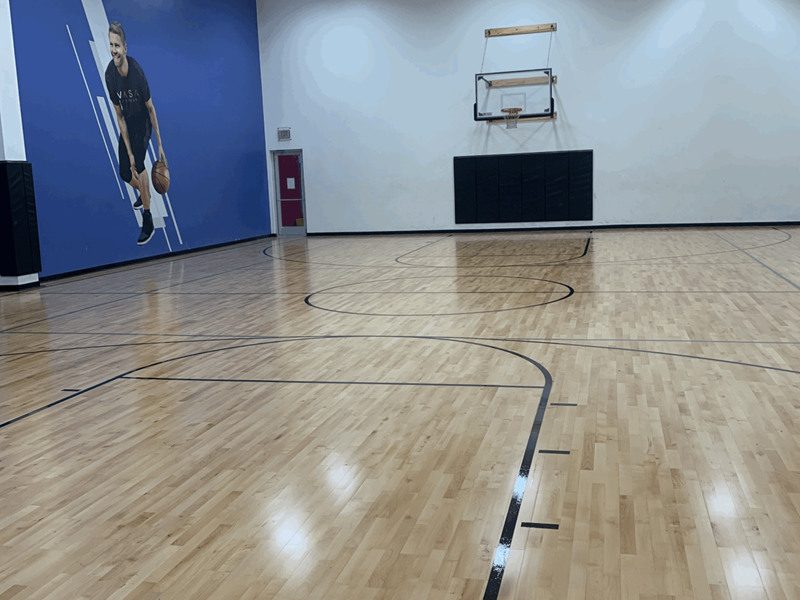Introduction
Injury prevention is a top priority in indoor soccer, and the choice of flooring plays a crucial role. Wooden flooring has several characteristics that make it an effective option for reducing the risk of injuries. This article will explore the role of indoor soccer court wooden flooring in injury prevention, focusing on shock - absorption, grip, and stability.
Shock - Absorption
One of the most significant ways that wooden flooring helps prevent injuries is through its shock - absorption properties. When players run, jump, and land on a hard surface like concrete, a large amount of force is transmitted through their joints, especially the knees and ankles. This can lead to overuse injuries, such as stress fractures and tendinitis.
Wooden flooring, on the other hand, has the ability to absorb a significant portion of this impact force. The multi - layer structure of wooden flooring, with its softer middle layer, acts as a cushion, reducing the stress on the players' joints. This can help to prevent chronic injuries and keep players healthy and on the court.
Grip
A non - slip surface is essential for preventing slips and falls, which are common causes of injuries in indoor soccer. Wooden flooring can be treated with special finishes that enhance its grip. These finishes create a textured surface that provides better traction for players' shoes.
The grip of the wooden flooring is especially important during quick starts, stops, and turns. Players need to be able to change direction rapidly without losing their footing. A good grip on the flooring reduces the risk of ankle sprains and other lower - body injuries.
Stability
Wooden flooring offers a stable playing surface. Unlike some synthetic materials that can flex or move under pressure, wooden flooring remains firm and consistent. This stability is important for players' balance and coordination.
When the flooring is stable, players can perform their movements with confidence. They are less likely to lose their balance and fall, which can result in serious injuries such as concussions or fractures.
Comparison with Other Flooring Options
Compared to other common indoor soccer flooring options, wooden flooring has distinct advantages in injury prevention. Concrete and asphalt are extremely hard and provide little shock - absorption, increasing the risk of joint injuries. Synthetic materials may offer some shock - absorption, but they can be slippery and less stable in some cases.
Rubber flooring, while providing good shock - absorption, may not offer the same level of ball bounce and playing experience as wooden flooring. Wooden flooring strikes a balance between shock - absorption, grip, and ball performance, making it an ideal choice for injury prevention in indoor soccer.
Conclusion
Indoor soccer court wooden flooring plays a vital role in injury prevention. Its shock - absorption properties, non - slip surface, and stability all contribute to reducing the risk of injuries for players. By choosing wooden flooring, indoor soccer facilities can create a safer playing environment and help players stay healthy and perform at their best.

Leave a Reply